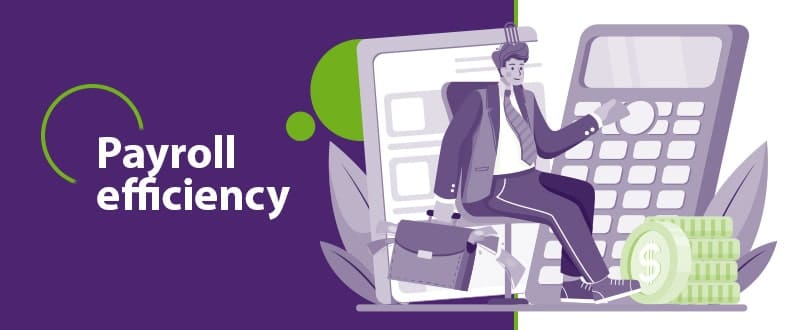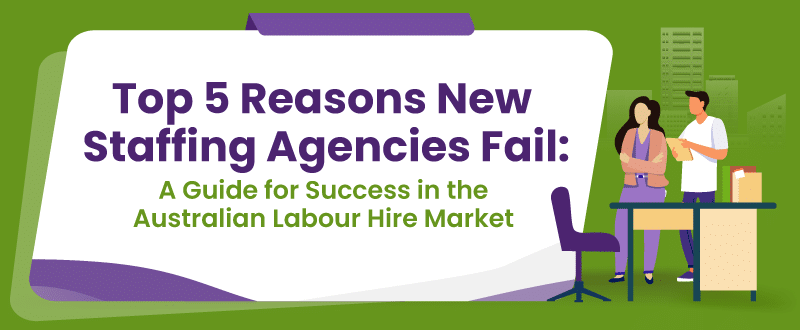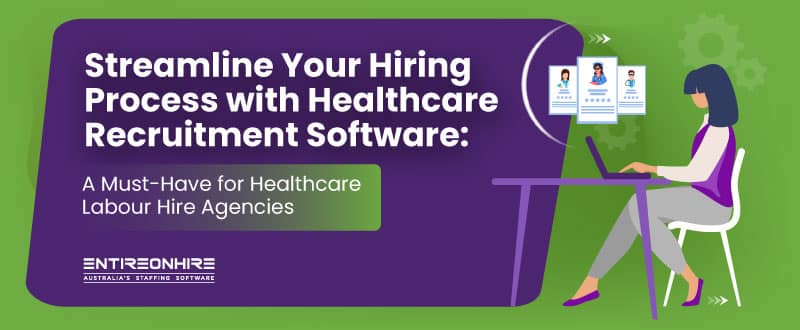Workforce management helps businesses save money and reduce risk. Time, attendance and workforce management standards and regulations are constantly changing, making it difficult for businesses to handle on a daily basis. However, a business that recognizes and lives on the fact that its most valuable assets are its people will always be the game changer. When such a business considers how its investment in its human capital landscape pans out – which can range between 75 and 90% of where its capital is spent – it becomes a highly significant indicator of a company’s rising trajectory.
In today’s modern businesses, efficiency and cost reduction go hand in hand. Costs will fall as efficiencies rise throughout a business. This is accomplished through direct cost reduction because less time is spent on the same duties, and personnel may devote more time to other responsibilities. This is where an intelligent software business system can make or break a firm. This is especially true for on-hire agencies or labour-hire companies where temporary staffing and promptly filling shifts are critical.
Benefits of a Workforce Management System
Increase efficiency: Labour-hire businesses utilize workforce management systems designed to manage large staffing pools of individuals and coordinate them all simultaneously. For efficiency and cost savings, the system must be used by at least two groups of users: the workforce or casual labour staff and the internal staff who oversee the system and schedule. A more comprehensive workforce management software (such as the cloud-based Entire OnHire) may even have a third set of users, namely the clients who submit staffing requirements via the software.
With so many extra sets of users, the system’s efficiency skyrockets. This is due to the fact that your most major expense outlay in any organization is your internal employees. Furthermore, as your business grows, the cost rises because more employees are required to manage and maintain the business successfully.
Thus, the most significant cost savings result from clients and casual labour staff taking a modest weight off the internal team. It all boils down to percentages and the weight of numbers; for example, if you pay an internal staff member $70,000 a year, a core component of their work is to call casual staff and request availability for each week, which takes them 2 hours. A great workforce management system, such as Entire OnHire, that allows external personnel to update their availability rapidly means that the 2 hours are now spent on filling the booking requests from clients.
This means that you are not only spending the 2 hours determining availability, but you are also proactively enhancing your profits by putting more people to work. Alternatively, you might just save money by not paying the extra 2 hours per week for that internal staff member, saving 100 hours per year. This equates to a $2000 annual savings for an average income earner. The cost is reduced even further when you expand that to multiple employees with better efficiency. Multiplying this improvement by ten staff members would result in a $20,000 annual savings for a single feature.
This is where the huge cost savings come from. With a competent workforce management system, you may save hundreds of thousands of dollars by automating 50% of all current employee duties.

Better communication: By allowing team members to connect directly with one another via such a platform, the business owner or manager is relieved of the stress of workforce changes. Team members can swap and fill shifts without requiring your input or approval.

Payroll efficiency: Organizing your company’s payroll is not always fun. Wages for your employees can be automatically processed with a workforce management system, ensuring that each team member receives their pay accurately and on time.

Save time and money: With other high-priority initiatives consuming most of your energy and budget, a workforce management system can free up time in your calendar. In addition, workforce management software will save you money by streamlining your recruitment system and onboarding processes, as well as your roster and payroll, allowing you to spend more time doing what you do best: operating your business.

Questions to ask yourself:
Before deciding on a workforce management system for your company, consider the following:
- What aspects of my business could be improved?
- Does this workforce management system fit the specific requirements of my company?
- Where are my staff’s skill and availability gaps? How can I ensure that I hire the right individuals for my company?
- How do my team members communicate now (through email, text messaging, or social media)?
- Will they be able to adjust to the workforce management system that I choose quickly?
Compare your responses to the offerings of each workforce management system to ensure that it matches your needs.
Conclusion
You might choose to partner with a reputable company like Entire OnHire to develop a workforce management system for your company. They can help your team migrate smoothly by providing employee training, information migration, and continuing support.
Consider adding workforce management software to your business toolkit today if you want to improve your business capabilities!














Leave a Reply